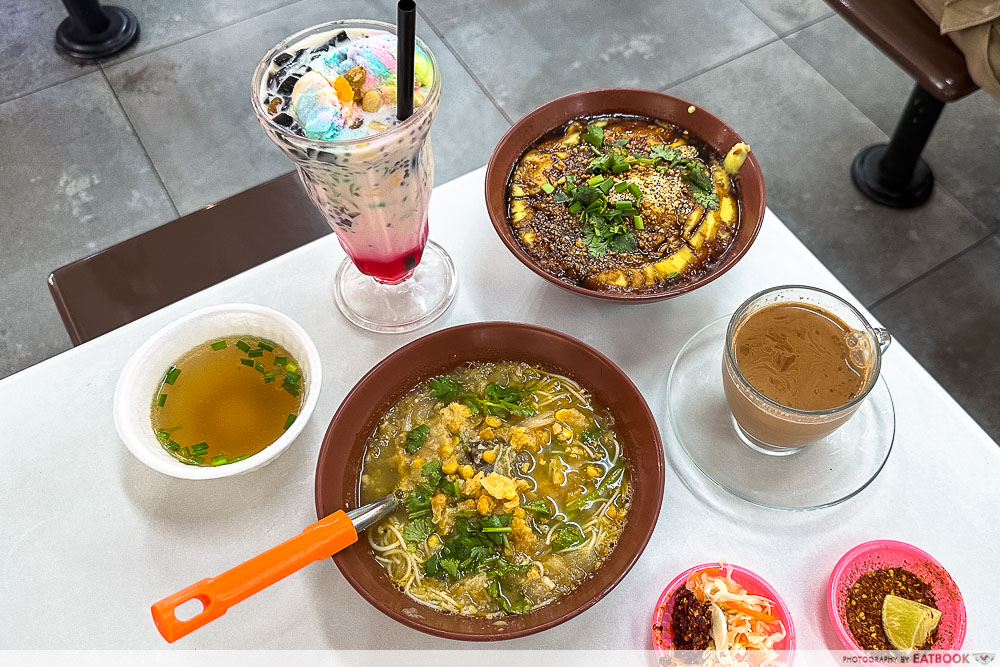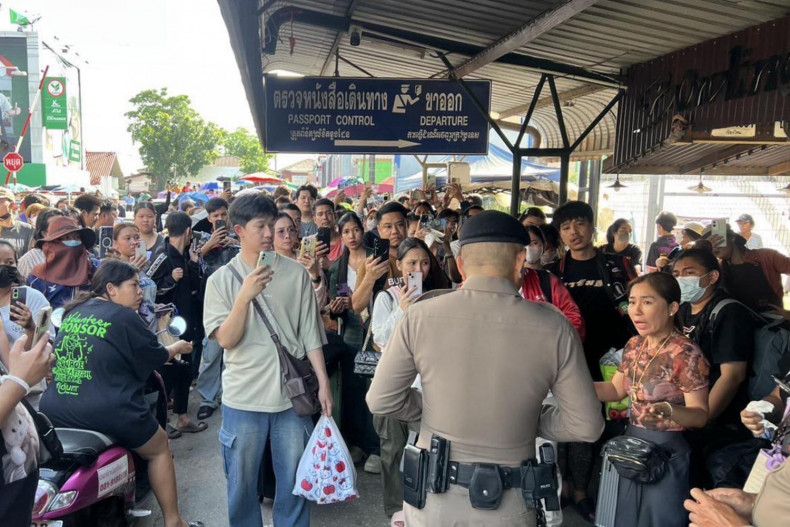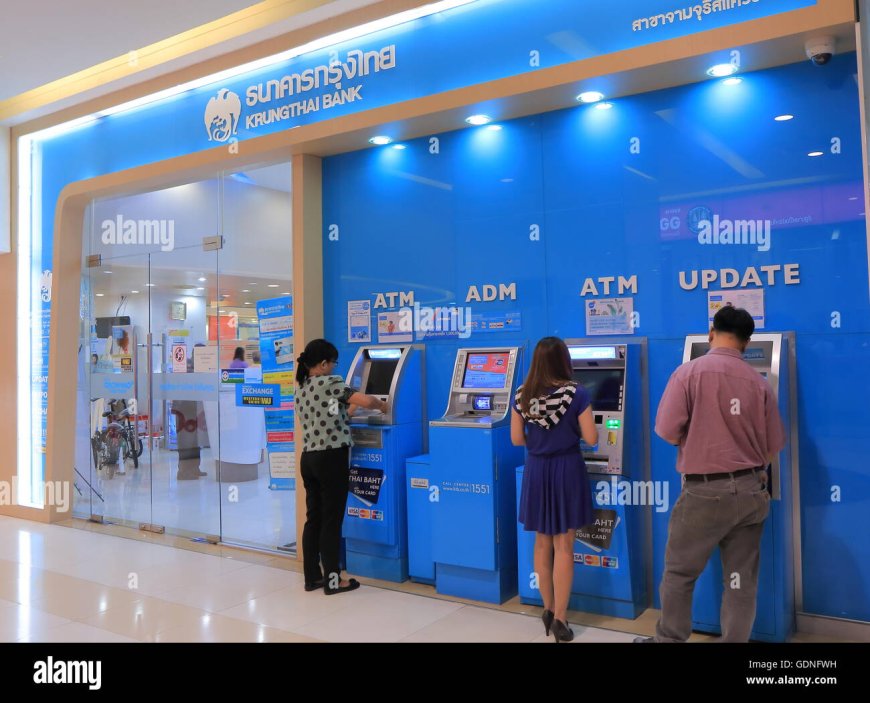Limited Market Penetration
High Costs Deter Buyers
Foldable smartphones in Thailand struggle to gain traction, representing just 1.5% of total smartphone sales in 2024. Despite their appeal in the premium segment, high price points—averaging $1,234, nearly triple that of standard smartphones—pose a significant barrier to mainstream adoption. Limited consumer demand and a lack of content optimized for foldable displays further hinder growth, keeping these devices a niche choice in Thailand’s 16.9-million-unit smartphone market.
Design Improvements Show Promise
Samsung Leads with Innovation
Samsung, commanding over 70% of Thailand’s foldable market, has introduced slimmer, lighter models like the Galaxy Z Fold7 and Flip7 to address consumer complaints about bulkiness. These design enhancements aim to make foldables more practical for everyday use. However, analysts emphasize that physical improvements alone are insufficient—true market growth depends on innovative software that leverages the unique foldable form factor for enhanced user experiences.
Software as the Next Frontier
AI and Multitasking Drive Value
The future of foldable smartphones hinges on software advancements, particularly in integrating multimodal AI to boost productivity and multitasking. Features like seamless app transitions and language tools tailored to foldable displays could differentiate these devices. In Thailand, where 90% of internet users access the web via smartphones, optimizing content for foldables is critical to attracting a broader user base beyond tech enthusiasts and early adopters.
Market Dynamics and Competition
Chinese Brands Challenge Samsung
Samsung’s dominance in Thailand’s foldable market, with a 77% share in 2024, faces growing competition from brands like Oppo, which captured 41% of the segment in Q1 2025. Globally, Samsung’s foldable share dropped from 56% in 2023 to 34% in 2024, as Chinese rivals introduced thinner, more appealing designs. Despite this, Samsung’s focus remains on expanding the foldable category to appeal to mainstream users, rather than just outpacing competitors.
Economic Resilience in Premium Segment
Ultra-Premium Devices Gain Traction
Thailand’s premium smartphone segment, defined as devices over $800, grew from 2.4 million units in 2023 to 2.7 million in 2024, showing resilience despite economic challenges. In the ultra-premium category (over $1,600), Samsung and Huawei hold 30% and 17% shares, respectively, challenging Apple’s 50% dominance. Foldables, though only 34,542 units of the 16.9 million smartphones shipped in 2024, remain strategically vital for targeting affluent buyers.
Future Outlook and Challenges
Flat Growth Predicted for 2025
Analysts forecast flat global foldable shipments in 2025, with Thailand’s market reflecting similar trends due to persistent high prices and durability concerns. Foldable shipments in Thailand dropped from 39,280 units in 2023 to 34,542 in 2024, underscoring the struggle to break into the mainstream. To overcome these hurdles, manufacturers must lower costs, enhance durability, and develop compelling use cases to drive adoption among Thailand’s 59 million smartphone users.









